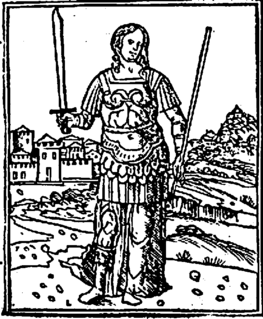 W
WChiomara was a Galatian noblewoman and the wife of Orgiagon, chieftain of the Tectosagi, one of three Galatian tribes during the Galatian War with Rome, of 189 BC.
 W
WRhodogune was a Queen of the Seleucid Empire by marriage to Demetrius II Nicator. She was the daughter of the Parthian king Mithridates I, and sister of Phraates II.
 W
WSemiramis was the mythological Lydian-Babylonian wife of Onnes and Ninus, succeeding the latter to the throne of Assyria, as in the fables of Movses Khorenatsi.
 W
WSisygambis was the mother of Darius III of Persia, whose reign was ended during the wars of Alexander the Great. After she was captured by Alexander at the Battle of Issus, she became devoted to him, and Alexander referred to her as "mother".
 W
WStateira I was a queen of Persia as the wife of Darius III of Persia of the Achaemenid dynasty.
 W
WTomyris, also called Thomyris, Tomris, Tomiride, or Queen Tomiri, reigned over the Massagetae, an Iranian people from Scythian pastoral-nomadic confederation of Central Asia east of the Caspian Sea, in parts of modern-day Turkmenistan, Afghanistan, western Uzbekistan, and southern Kazakhstan. Tomyris led her armies to defend against an attack by Cyrus the Great of the Achaemenid Empire, and, according to Herodotus, defeated and killed him in 530 BC.
 W
WSeptimia Zenobia was a third-century queen of the Palmyrene Empire in Syria. Many legends surround her ancestry; she was probably not a commoner and she married the ruler of the city, Odaenathus. Her husband became king in 260, elevating Palmyra to supreme power in the Near East by defeating the Sassanians and stabilizing the Roman East. After Odaenathus' assassination, Zenobia became the regent of her son Vaballathus and held de facto power throughout his reign.